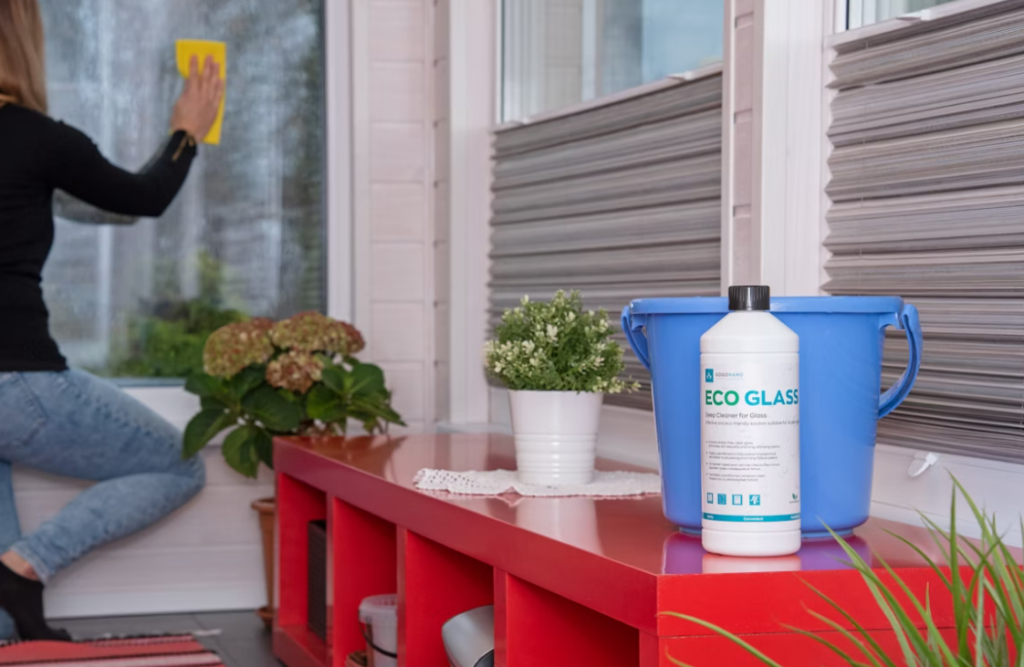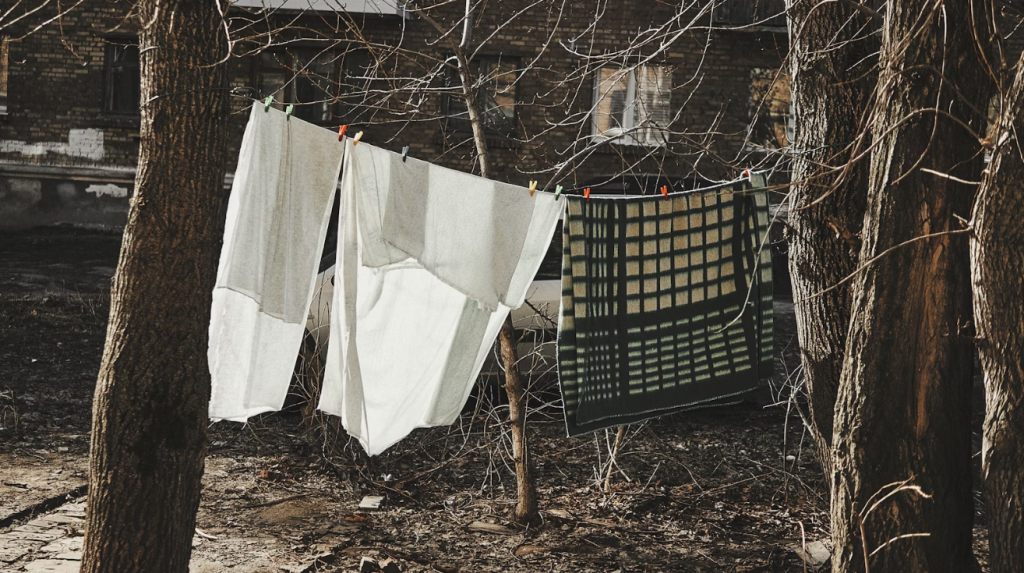Introduction: The Rise of Appliance Repair Scams
Let’s face it—when your refrigerator dies or your washer floods the laundry room, you’re desperate. You need help, and you need it fast. But that urgency is exactly what appliance repair scammers prey on. They pop up at the top of Google searches, make grand promises, and then vanish with your money, leaving your appliances—and trust—broken.
Why Appliance Repair Scams Are More Common Than You Think
High Demand Equals More Scammers
Appliance breakdowns are inevitable, and most homeowners can’t afford to buy new units on a whim. This high demand has turned the appliance repair world into a juicy target for scammers. They know you’re pressed for time and cash, and they’re more than happy to take advantage.
Lack of Industry Regulation
Unlike electricians or plumbers, appliance repair technicians don’t always need strict licenses in many states. That means anyone with a van and a toolset can call themselves a “pro.” Scammers use this loophole to operate under the radar.
The Vulnerability of the Average Homeowner
Most people don’t know much about the inner workings of appliances—and scammers bank on that. When someone throws technical jargon your way or claims your washer’s “integrated motherboard is fried,” it’s easy to feel lost and hand over your money.
Red Flags of an Appliance Repair Scam
Too-Good-to-Be-True Quotes
Beware the technician who offers to fix your dryer for just $20. While it’s tempting, it’s often a bait-and-switch trick. You agree to the cheap price, and suddenly they “find” several expensive issues.
No Physical Address or Online Presence
If the company has no website, business reviews, or even a listed address, that’s a giant red flag. Many scam operations run under fake names that change frequently.
Pushy Sales Tactics or Pressure to Pay Upfront
A real technician will diagnose the problem first—not demand cash before touching the appliance. Pressure to pay upfront is one of the most common scam strategies.
The 3 Crucial Questions to Ask Before Hiring
Question 1: Are You Licensed and Insured?
Why Licensing and Insurance Matter
A licensed technician has met professional standards. If they’re also insured, you won’t be financially responsible if something goes wrong—say, if they break your dishwasher or get injured on your property.
How to Verify Their Credentials
Ask for their license number and check it with your state’s licensing board. Don’t just take their word for it. For insurance, request a copy of their liability certificate. A reputable technician will provide it without hesitation.
Question 2: Can You Provide References or Reviews?
Check Online Reviews—But Don’t Stop There
Start by reading Google, Yelp, or Better Business Bureau (BBB) reviews. But remember—fake reviews exist. Look for patterns in feedback, such as repeated complaints about “no-shows” or “hidden fees.”
Ask for Direct Customer Contact
Ask if you can speak to a previous customer. Even one or two happy clients willing to vouch for them can provide major peace of mind.
Question 3: Can You Give a Written Estimate First?
Importance of Transparent Pricing
Verbal estimates are easy to fudge. A written estimate protects you—and holds the technician accountable. It also makes it easier to compare with other quotes.
What a Legitimate Estimate Should Include
It should clearly list parts, labor, service fees, and warranty terms. Vague language like “service charge TBD” is a red flag. Ask them to break it down line by line.
What To Do If You Suspect a Scam
Stop Communication and Report Immediately
If something feels off—like aggressive behavior or shifting prices—don’t proceed. Politely end the conversation and avoid further contact.
Contact Local Consumer Protection Agencies
File a complaint with your local consumer affairs office or the Federal Trade Commission (FTC). They can investigate and help stop future fraud.
Leave Honest Reviews to Help Others
Warn others by leaving a detailed, factual review. You might save another family from falling into the same trap.
Tips for Choosing a Trustworthy Technician
Stick with Local, Well-Reviewed Services
Local businesses with strong reputations have more to lose. They’re more likely to value customer satisfaction and honor warranties.
Don’t Be Afraid to Ask Questions
Think of it like interviewing a babysitter. You’re letting someone into your home. Make sure they earn that trust.
Get Multiple Estimates Before Committing
Even if the first quote seems fair, always get at least one more. Scammers hate competition—and honest pros welcome it.
Conclusion: Stay Sharp, Stay Safe
When your appliances go haywire, panic is natural—but don’t let it blind you. Appliance repair scams thrive on speed and emotion. Instead, slow down. Ask smart questions. Demand credentials, reviews, and written estimates. The few extra minutes you spend upfront could save you hundreds—and your peace of mind.
FAQs
1. What if a technician refuses to give a written estimate?
Walk away. A professional should always be willing to provide a transparent, itemized quote before any work begins.
2. Are online-only appliance repair services trustworthy?
Some are—but do your homework. Look for real customer reviews, clear contact information, and preferably, a local presence.
3. How much should a typical appliance repair cost?
It varies by appliance and issue, but average repairs range from $100–$300. Always get multiple estimates for comparison.
4. Can I report a scam to the Better Business Bureau (BBB)?
Absolutely. The BBB accepts complaints about scams, and they also publish scam alerts to warn others.
5. Is it safer to go through a manufacturer’s repair service?
Yes, manufacturer-authorized repair services are typically more reliable and trained to handle specific brands. They may cost more, but you’re less likely to get scammed.













